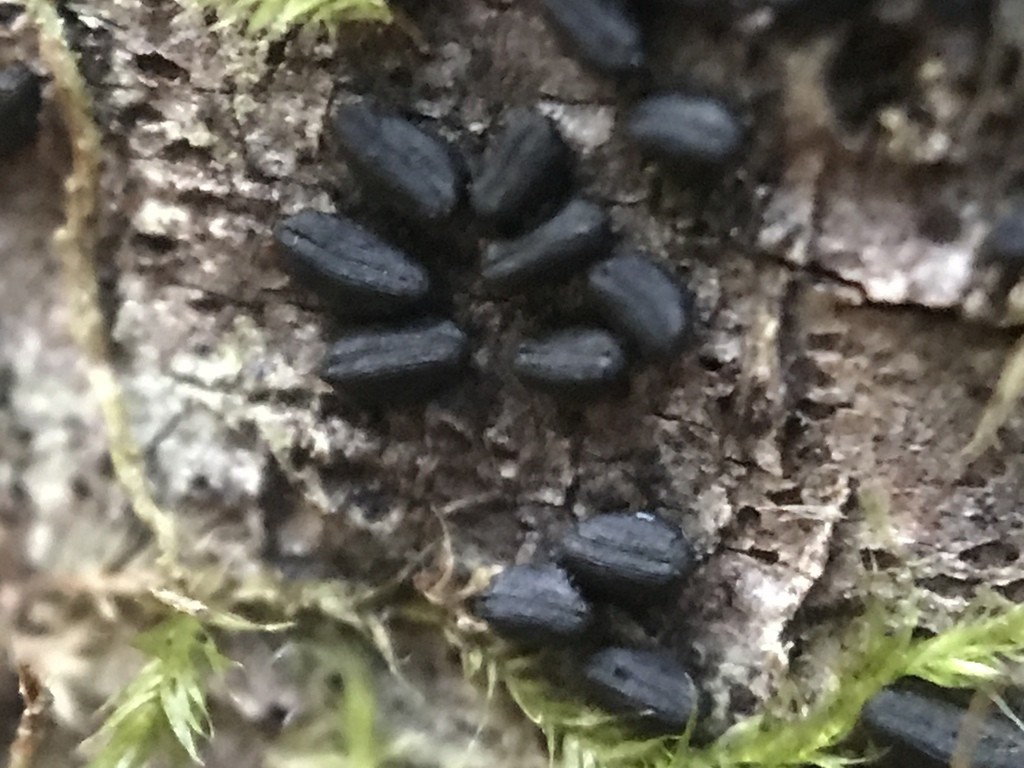Hysteriales
Scientific name: Hysteriales
Hysteriales
Scientific name: Hysteriales
 Photo By Jennifer Rycenga , used under CC-BY-4.0 /Cropped and compressed from original
Photo By Jennifer Rycenga , used under CC-BY-4.0 /Cropped and compressed from original Description
Hysteriales are a fascinating group of fungi known for their unique elongated, black, and often boat-shaped fruiting bodies. They typically grow on wood or bark, where they help break down dead plant material. These fungi are often found in both temperate and tropical forests. Interestingly, their fruiting bodies can be quite tough, resembling tiny, hardened ships – a unique adaptation for survival in various environments. Members of this group can play important roles in nutrient cycling within their ecosystems.